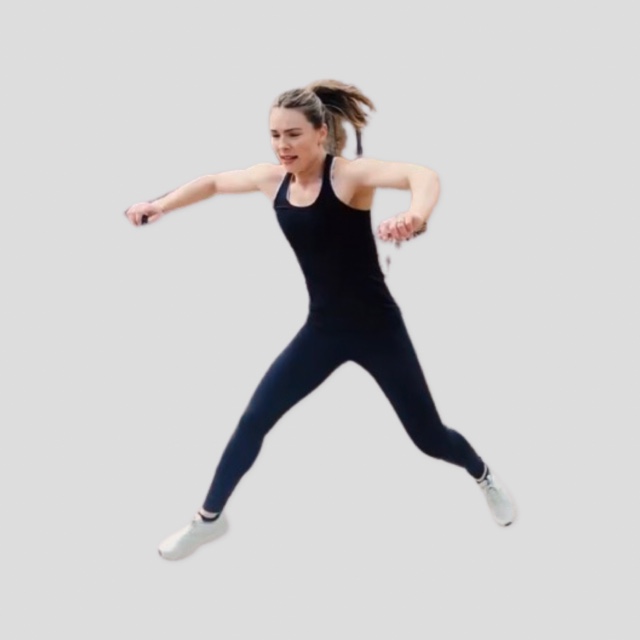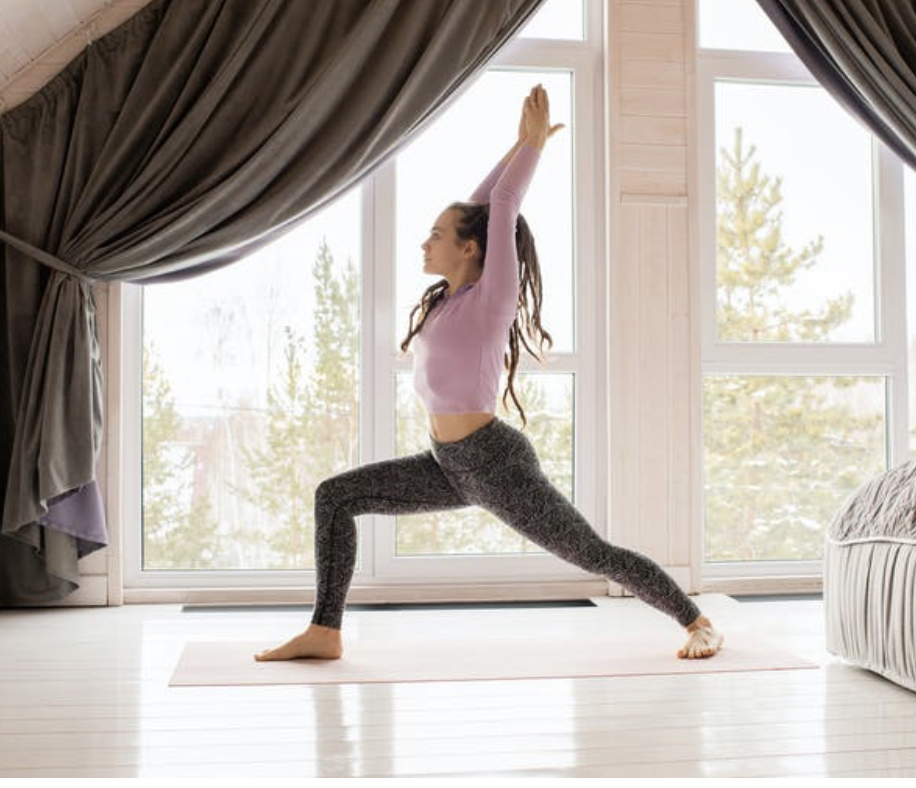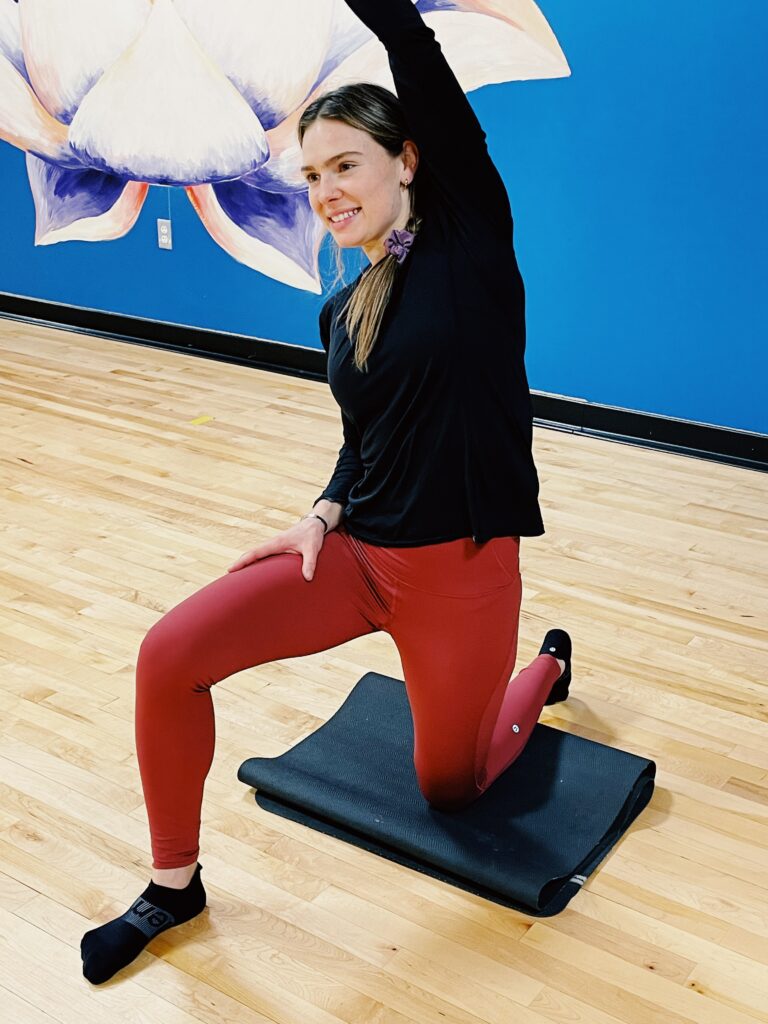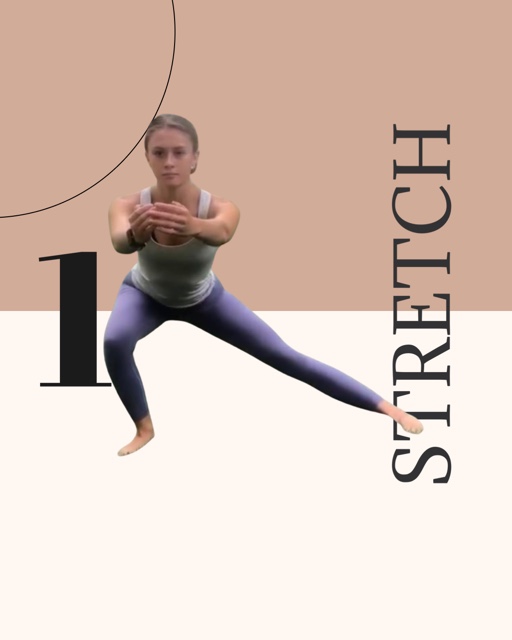
All movement at the hip joint involves powerful muscles in the thighs. The hips are a ball and socket joint that allow us to flex and extend our legs in the forward swing of walking. Most of us train the quads, the most powerful of the thigh muscles, and the massive hamstrings muscles of the back of the thigh But the muscles of the inner thigh, the hip adductors, are often overlooked in training, or at best, managed at a machine like the Thigh Master or Pilates Ring. To develop strong muscles that function well, the adductors need exercises that are even better than ones done on a machine. That means performing exercises that lengthen the muscle, in the way that happens when lunging or with side-to-side moves.
The longest muscle in the human body runs across the front thigh and crosses both hip and knee joints. This long, slim muscle is called the sartorius. It originates in the upper leg at the iliac spine, and wraps like a sash across the front of the thigh, attaching below the knee. The name originates from the Latin word sartor, meaning tailor, and is often referred to as the way in which early tailor’s sat. If you sit in a cross-legged position, it’s easy to see or feel the muscle. If the muscle is tight, you probably are unable to lateral rotate the thigh properly to sit comfortably cross-legged. Though not part of the inner thigh group, it flexes and outwardly rotates the leg and flexes the knee.
Just inside the sartorius is a group of inner thigh, or adductor muscles. These muscles all work together to bring the hip and leg towards the midline, outwardly rotate the leg and also help to flex the hip and leg. The adductors also play an important role in preventing a tendency towards being knock-knee.
Inner thigh anatomy
The adductor group includes a small flat muscle called pectineus, the important adductor magnus , adductor brevis and longus, and the gracilis that crosses the knee joint and attaches just below the knee. Straining or overstretching this muscle group is called a “pulled groinâ€.
To avoid straining the adductors, here is a great daily hip adductor stretch.
Kneeling Side Lunge stretch
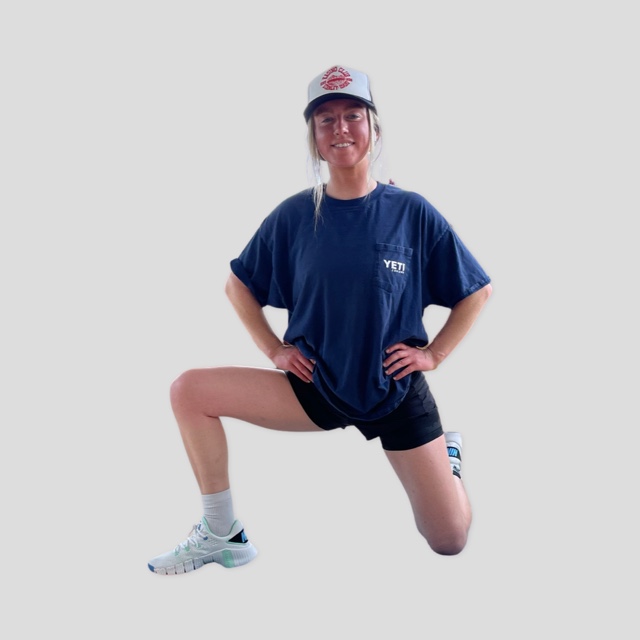
Kneel on the floor with one hip externally rotated so that the foot is pointed toward the side. Lean your body weight toward the supporting foot.
Here are 5 examples and variations of lunges and squats that strengthen the adductors:
Side-to-side lunge
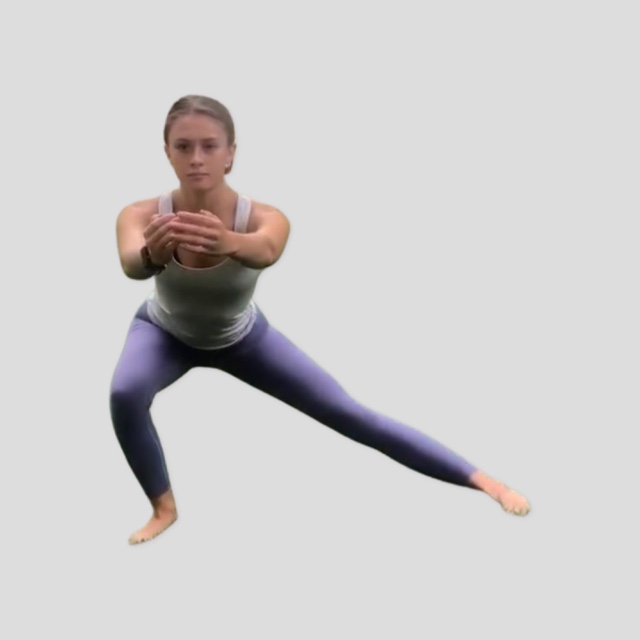

Side lunge with weight
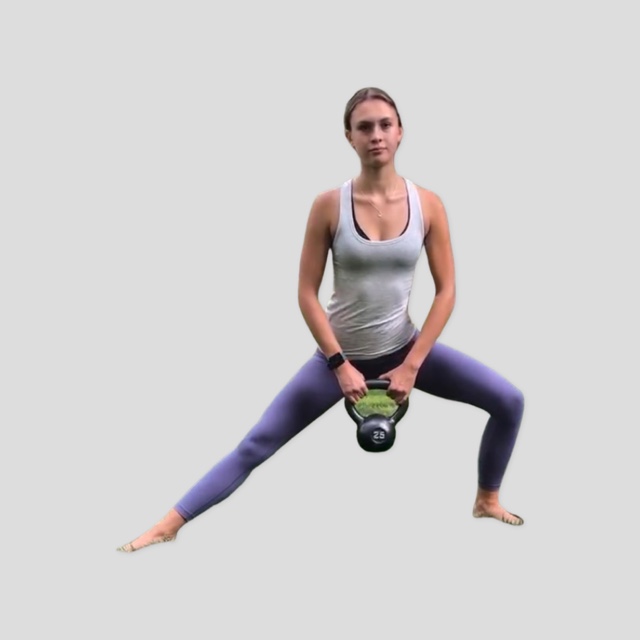
Side lunge with arm swing
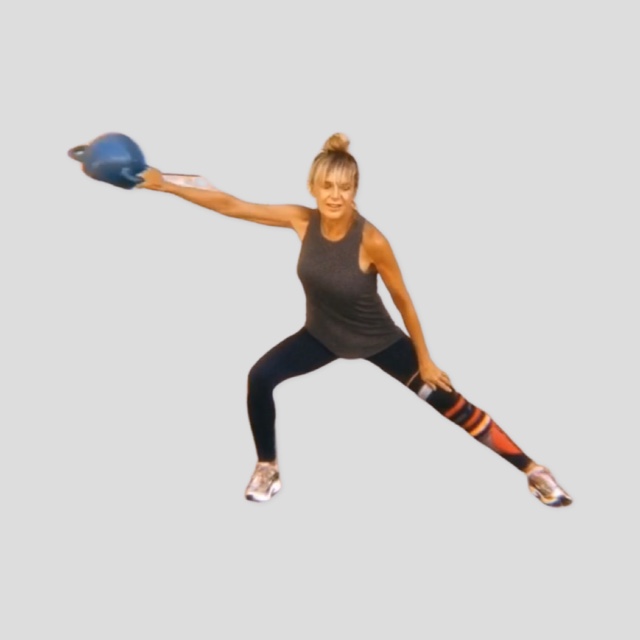

Four o’clock sumo lunge

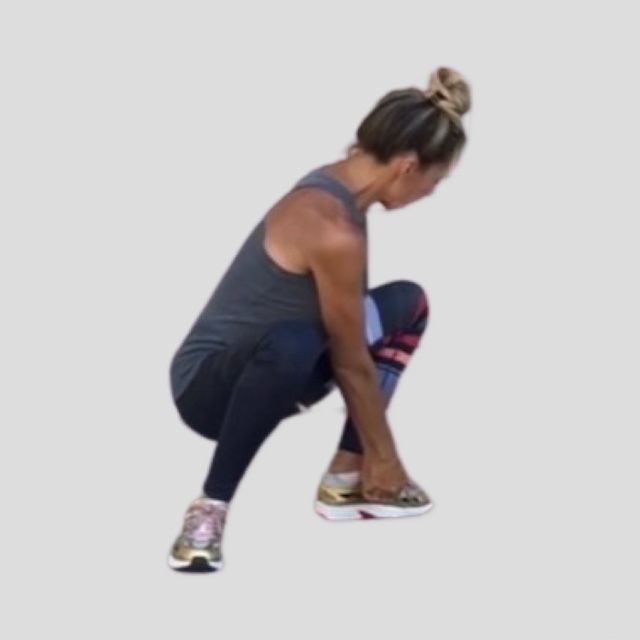
Stand at 12 o’clock, with or without a weight.
Rotate into a sumo squat at Four o’clock. Keep both knees directly over second toes in your landing squat.
Skater bounds
